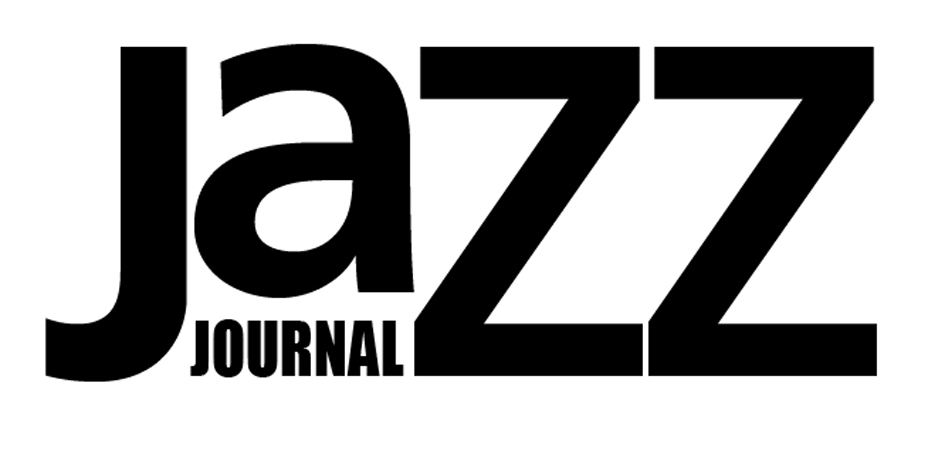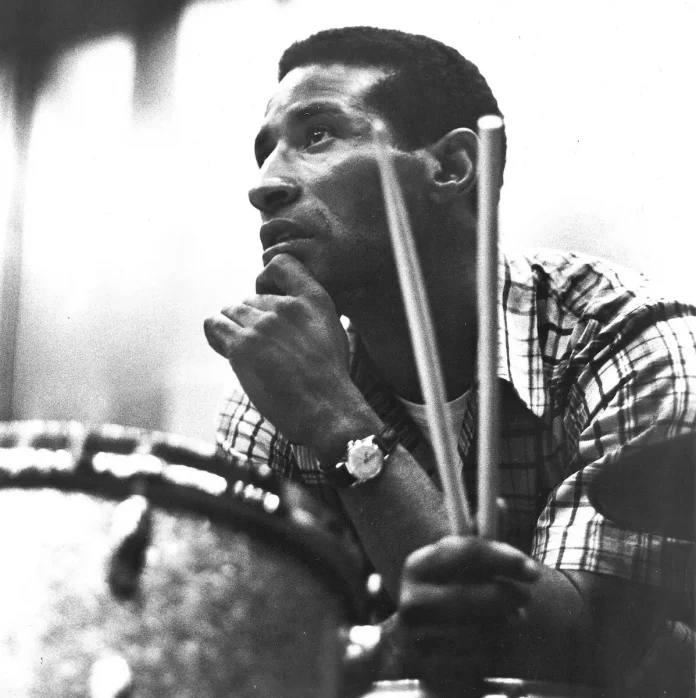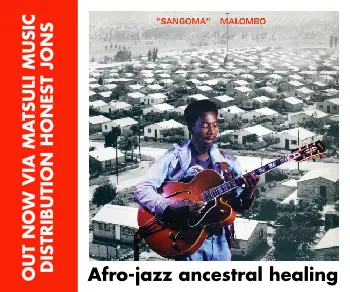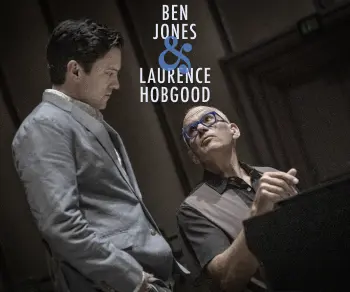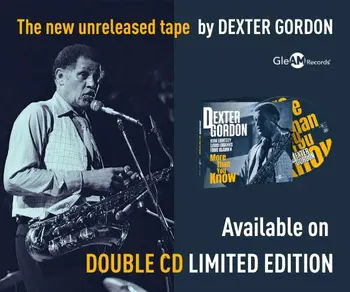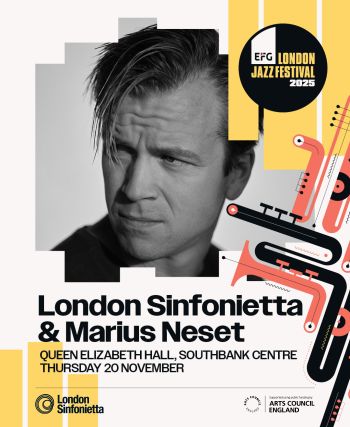Thelonious Monk: Alone In San Francisco (Number One Essentials 291035)
Monk’s third solo album (the first was Thelonious Alone and the second Thelonious Himself) came about because producer Orrin Keepnews was in San Francisco in 1959 to record Cannonball Adderley’s quintet at the Jazz Workshop and took advantage of the opportunity to record Monk, who was appearing at the Blackhawk on his first visit to the city. Keepnews secured Fugazi Hall, a 400-seat auditorium with excellent acoustics, and Monk obligingly provided 10 songs – all recorded in a single take. He performed four of his older compositions – Pannonica, Blue Moon, Ruby, My Dear and Reflections, as well as four standards, a melancholy Everything Happens To Me and You Took The Words Right Out Of My Heart. The two originals were Round Lights and Bluehawk – evoking the spirit of Coleman Hawkins. Two bonus tracks are There’s Danger In Your Eyes, Cherie (an alternate take from the San Francisco dates) and ’Round Midnight, an unaccompanied solo recorded in Paris on 7 June 1964.
Throughout, Monk is totally absorbed with his creative muse, blending echoes of stride piano and non-electric blues as well as his own unique musical coinages. The 12 tracks convey the impression of a man talking to himself. In a brief but perceptive sleeve note, Brian Morton asserts that to hear Monk playing the blues in San Francisco ”is to hear a man communing with his own inner language, soliloquies that we are privileged to overhear”. Keepnews himself comments that Monk’s playing reflects his “aloneness” and adds that in San Francisco he was in a “predominately [sic] lyrical and introspective mood, and also with flashes of his characteristic dry humour”. The cover of this newly released LP has the famous (and unusual) photo of a happy-looking Monk about to board a San Francisco tram.
Perhaps the last evaluative word(s) should be given to the late Benny Green who wrote that Monk was one of the few jazz pianists who can make the instrument produce a personal sound. “[His] right hand phrases are more remote from his bass fingers than the jazz ear is quite accustomed to, and they frequently stride across intervals that we never expect.” Solo Monk in San Francisco (and Paris) confirms this observation. Try Blue Monk and/or ’Round Midnight.
Max Roach: We Insist! Freedom Now Suite (20th Century Masterworks 350288 LP)
The original cover photograph of this seminal and much reissued album (recorded in New York in 1960) featured a photograph of three black students staging a lunch counter sit-in in Greensboro, North Carolina on 1 February 1960, introducing a tactic that was repeated across the South and became a hallmark of the emerging civil-rights movement. The Freedom Now Suite was written by Max Roach and singer/writer Oscar Brown Jr. Its three movements – Driva’ Man, Freedom Day, Triptych: Prayer/Protest/Peace are supplemented by All Africa and Tears For Johannesburg, plus two bonus tracks: Prelude and Oh Yeah, Oh Yeah.
The album was meant to represent the violent episodes of black American and African history. Tears For Johannesburg, composed by Roach, was dedicated to the victims of the Sharpeville massacre (1960) when police attacked non-violent demonstrators protesting against apartheid pass laws. The movements on side A chronicle the struggles of black Americans, moving from the cruelties of antebellum slavery to (the symbolic) Emancipation Proclamation of 1865 and culminating in the civil-rights movement of the 1960s. Driva’ Man, the opening track, has an arresting and emotional vocal from Abbey Lincoln (then Mrs Roach), accompanied by Coleman Hawkins, trumpeter Booker Little and trombonist Julian Priester. Very much the time keeper in every sense, Roach plays a single-note solo before joining the rhythm section. In a blistering indictment of chattel slavery Lincoln emotes:
Get to work and root that stump
Driva man’ll make you jump
Better make your hammer swing
Ain’t but two things on my mind
Driva man and quittin’ time
Unfortunately, she also contributes what can only be called a screaming non-vocal in the ”Protest” section of Triptych, which is hard to appreciate and difficult to excuse. But Freedom Day is entirely successful, with moving solos from Booker Little, tenor saxophonist Walter Benson and Priester. Roach closes the piece with a thundering solo.
Because of its didactic purpose, the record has received mixed – but generally laudatory reviews. Derek Ansell, writing in JJ in 2022, concluded: “This is powerful stuff, not for the faint hearted but with plenty of stirring jazz solos and vocals.” Dan Morgenstern concluded that the album ”employs jazz as a weapon in the good fight and proves it can be a potent one”. In a sleeve note “appreciation”, Brian Morton asks why, in a vastly changed world which saw an African-American president and female VP “of colour”, one should pay any attention to a work which dwells on the racial confrontations that some (including Donald Trump) would like to “sanitize” or ignore. The answer is that these events and issues should be remembered and explored. The Freedom Now Suite combined musical experimentation and rhythmic inventiveness in a not wholly successful but still seminal album.
Kenny Barron: Sunset To Dawn (Time Traveler Recordings TT-M002)
Any evaluation of this record must take into account that it was made in 1973 at a formative stage in Barron’s subsequent and distinguished career. He later performed with such luminaries as Ron Carter, Dizzy Gillespie, Stan Getz and Roy Haynes. Scott Yanow, reviewing Sunset To Dawn, noted that the pianist ”could easily go unidentified” on the three tracks where he plays electric piano on which he “utilizes electricity with intelligence and creativity”.
Sunset To Dawn marked Barron’s debut on Muse records and he composed five of its titles. His accompanists were Bob Cranshaw (electric bass), Freddie Watts (drums), Richard Landrum (congas & percussion) and Warren Smith (vibraphone and percussion). The first track, Sunset, features the vibes and electric piano with a Latin rhythm. But at over nine minutes, it quickly becomes repetitive and aimless. A Flower is a melodic and nimble-fingered piano solo. A fast-paced Swamp Demon again features Brazilian percussion, while Al-Kifha (Arabic for “struggling”) is a fast-moving blues with the overdubbing of Cranshaw and Waits charging Barron’s high-octane solo. Delores St. S.F, a ballad, features Barron’s acoustic piano but an over-busy rhythm section. Dawn, the final cut, has Barron again on electric piano. It was judged in Gary Giddins’ original sleeve note as “the record’s most swinging and joyous romp [which] shows [his] firm entrenchment in the tradition of modern piano and at the same time reveals his ability to create new lines and colours”. Fair enough, but the future was to reveal an even more accomplished, easily identified and innovative pianist with over 50 albums to his credit.
